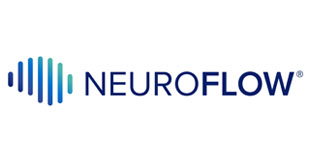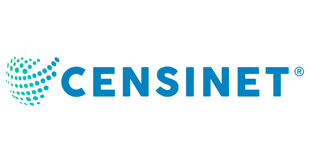DotMed
By Lauren Dubinsky, Staff Reporter
Health reform is all about better, cheaper, and faster. For Terry Edwards, CEO of PerfectServe, ‘faster’ has been a point of particular interest. HCB News spoke to him recently about the ways that health care systems are being slowed down — and what can be done to make things more efficient.
HCB News: Why is there a lack of communication between healthcare professionals?
Terry Edwards: As our recent survey illustrated, it’s a challenge for healthcare professionals to communicate easily, securely and quickly with one another. One of the major reasons is that clinicians often don’t know who they need to contact or how to reach them. In our survey, more than half of clinicians (52 percent) said they don’t always know the correct care team member to contact in a given situation.
This finding did not surprise us, as, in our experience working with leading health systems, much of communication is role based. This can make it difficult to know who is in a role at any given moment in time because it changes. Second, clinicians are members of workgroups, e.g., hospital departments or physician practices, and each workgroup may have an algorithm that defines how it should receive communication. This complexity creates uncertainty and can delay patient care. In fact, 69 percent of clinicians responded that patient care is often delayed while waiting for important information about the patient.
In addition to complex schedules and communication preferences, clinicians are also dealing with a mishmash of communication technologies, all while worrying about privacy and security challenges. There’s also a financial aspect to all of this, and until very recently, providers weren’t paid for their time coordinating care.
HCB News: What role do HIPAA regulations play in this issue?
TE: HIPAA plays a big role in this communication challenge. In our survey, about three in five respondents (61 percent) said HIPAA regulations pose an obstacle to communication and collaboration within the care team.
For most other industries, collaboration is as simple as sending an email or text, firing up a WebEx session, sharing a DropBox folder, or even using a collaborative app like Slack. But in healthcare, HIPAA requirements mean that healthcare professionals can’t just shoot off a quick email or send a file over through the cloud without jeopardizing protected patient health information. So, communication and collaboration become much more challenging.
HCB News: Why is good communication essential to improving population health?
TE: In our survey, 98 percent of respondents (both clinical and administrative) said improved communication with patients is required for effective population health management. Population health management requires an increasing number of clinicians to provide care for a single patient across multiple care settings. Care transitions will happen more frequently, and good communication between care team members is needed to make sure those transitions are happening as seamlessly as possible.
HCB News: What needs to be done to improve the communication?
TE: I think the most important first step is to understand the depth of this challenge. One of the most concerning results of our survey was how many people recognized the communication disconnect, but accepted it as the status quo. Because of the imperative to transition to population health management and value based care delivery models, we in the healthcare industry have a responsibility to get this right.
Once we accept that responsibility, we need to address the fundamental reasons clinicians aren’t communicating well. This means we need to provide them with tools and technologies that enhance and improve their workflow. And care team members need to work together to adopt best practices. As the reimbursement models change, new incentives are created to foster better communication. We just need to make it easy for clinicians to quickly connect with the right care team members—without hassle.
HCB News: Do you think this issue will be resolved in the next five years or will it take longer than that?
TE: Healthcare can be a slow-moving industry with many deeply embedded habits and technologies, but I’m optimistic that in five years we’ll be in a much better place. I see the shift to value-based care and population health management as a movement as the catalyst to drive this change. There is no question that the macro trends make it imperative that clinicians better collaborate to improve outcomes and increase efficiency.
It’s going to be especially important to make sure healthcare professionals across all care settings – hospitals, physician offices, patient homes, skilled nursing facilities, and so on – have the ability to connect quickly and easily. To meet this need, my company recently announced the new PerfectServe Synchrony platform to connect patient care team members in all different care settings. We’re really excited about this new development, and are working closely with MemorialCare Health System to implement this across their entire system later this year.




